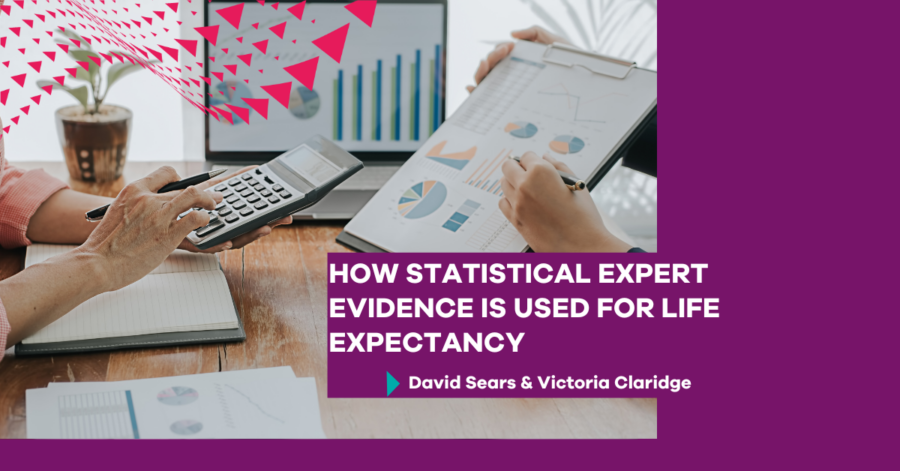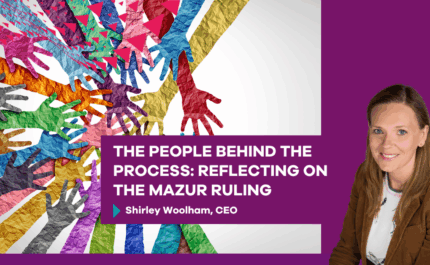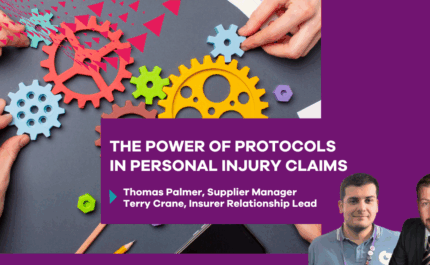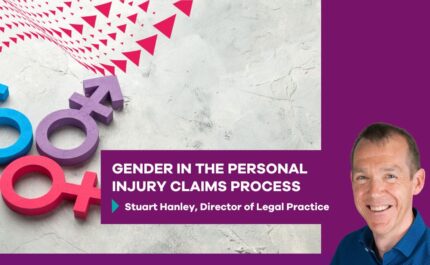
Having received expert evidence of statisticians from defendants on life expectancy in several cases recently, David Sears and Victoria Claridge explore whether the court will allow such evidence to be relied upon and in what circumstances.
Sadly, in many catastrophic injury claims, the injuries suffered by our clients are such that they can lead to reduced life expectancy. In addition to the injury/injuries sustained in an accident leading to reduced life expectancy, there are also often other issues that may give rise to a reduction in life expectancy such as other medical conditions not caused by the accident or matters such as obesity or smoking.
Defendants will often seek to rely on or produce expert evidence on life expectancy from statisticians because it will often show a greater reduction than the medical experts may suggest. Where a settlement meeting occurs prior to the court addressing case management, this can prove a thorny issue because we must be cognisant of the risk that such evidence produces to our valuation of a claim and that a defendant may be permitted to rely on that evidence.
The multipliers that we use to calculate future losses already consider life expectancy. Reductions in life expectation can lead to significant reductions in the value of a claimant’s claim for future losses. When calculating future loss, the period over which such a loss will occur is taken into account as well as the rate of return that a claimant will achieve on the damages being invested to provide in the long-term. If the claimant has a reduced life expectancy and the loss is a lifetime loss or will occur beyond the reduced life expectancy, then the claimant will suffer a reduction in the value of their claim, as against what they might have recovered with an unadjusted life expectancy.
The starting point for calculating future losses is to consider the multiplier for the relevant period in the Ogden Tables. The tables are based upon average life expectancy (which differs for males and females).
The explanatory notes to the Ogden Tables (Eighth edition) state that ‘no further increase or reduction is required for mortality alone, unless there is clear evidence in an individual case that the claimant is “atypical” and can be expected to experience a significantly shorter or longer than average lifespan, to an extent greater than would be encompassed by reasonable variations resulting from place of residence, lifestyle, educational level, occupation and general health status.’
In Dodds v Arif [2019] EWHC 1512 (QB), the claimant resisted at the Case Management Conference the defendant’s application to rely on evidence as to life expectancy from an expert statistician on the basis that it was for clinical/medical experts to provide opinion on this issue and that the claimant’s pre-existing medical conditions did not make her “atypical” and the Ogden Table life expectancy should be relied upon. The Defendant’s argument was that the claimant was “atypical” because she had sustained a head injury which had reduced her life expectancy and there was no firm rule that expert evidence on life expectancy should come from a clinical expert.
In weighing up the arguments, Master Davison noted that “the cohort used for the Ogden Tables is a general cohort which includes lives affected by a variety of medical conditions, lifestyles (including smoking) and localities. The Tables are designed to achieve broad justice for personal injury cases generally. Bespoke evidence on life expectancy is not generally permitted unless the condition set out in paragraph 5 of the Explanatory Notes is met. There must be “clear evidence to support the view that the claimant is atypical”.”
Master Davison noted that the medical expert evidence suggested that there was some potential for a reduction in life expectancy and that this needed to be clarified and expanded upon. However, rather than seeking further evidence from their clinical expert, the defendant obtained evidence from a medical statistician and sought to rely upon it. Master Davison considered that there should be expert evidence addressing any reduction in life expectancy but found that this evidence should come from clinical experts. Master Davison determined that the Claimant in Dodds was not “atypical” but that life expectancy evidence was required because the injury in question had reduced the claimant’s life expectancy and the court needed to determine by how much in order to define the correct multipliers for future loss. Master Davison also noted that it was “much more convenient and cost-effective to ask the clinical experts for their opinion on life expectancy”.
In ruling that the Defendant was not allowed to rely on expert statistical evidence. Master Davison stated that “For these reasons, it seems to me that bespoke life expectancy evidence from an expert in that field should be confined to cases where the relevant clinical experts cannot offer an opinion at all, or state that they require specific input from a life expectancy expert (see e.g. Mays v Drive Force (UK) Limited [2019] EWHC 5), or where they deploy, or wish to deploy statistical material, but disagree on the correct approach to it. This case does not, or does not yet, fall into any of these categories.”
Master Davison summarised the authorities (including Edwards v Martin [2010] EWHC 570), and Mays) as follows:
“i) Where the claimant’s injury has not itself impacted upon life expectancy, permission for this category of evidence will not be given unless the condition in paragraph 5 of the Explanatory Notes is satisfied, namely that there is “clear evidence … to support the view that the individual is atypical and will enjoy longer or shorter expectation of life”.
- ii) Where the injury has impacted on life expectancy, or where the condition in paragraph 5 of the Explanatory Notes is satisfied, the “normal or primary route” for life expectancy evidence is the clinical experts.
iii) The methodology which the experts adopt to assess the claimant’s life expectancy is a matter for them.
- iv) Permission for “bespoke” life expectancy evidence from an expert in that field will not ordinarily be given unless the clinical experts cannot offer an opinion at all, or for any reason state that they require specific input from a life expectancy expert, or where they deploy, or wish to deploy statistical material, but disagree on the correct approach to it.”
Our recent experience is that whilst defendants will often produce expert statistical evidence on life expectancy, they will rarely push for permission to rely upon this and instead use it for negotiation purposes at a settlement meeting. In the vast majority of cases, the clinical experts will be able to deal with any reduction in life expectancy whether due to the injuries sustained in the accident or co-existing issues.
Therefore, where a claimant’s life expectancy is reduced, the starting point is to obtain evidence from the relevant clinical experts and only if they are not able to offer an opinion on life expectancy should expert statistician evidence be obtained.
Another issue with life expectancy evidence from statisticians can be that they seek to rely upon their own data, which is not published, when coming to an opinion as to life expectancy. Should an expert take such a tack, this should be strongly resisted as in Chaplin v Pistol [2020] EWHC 1543 where it was suggested that the reliance on such unpublished data would be inherently unfair.
Where issues of reduced life expectancy do raise their head and experts report on this, it is important that we as claimant lawyers, ensure that any positive factors which set a claimant apart are also considered. These factors could be, for example, a lack of a smoking history but also the effect that compensation, and that which compensation can buy (such as good quality care and medical treatment). Unfortunately for many people whose life expectation was considered as part of the major studies in this area, not all will have the benefit of excellent care and readily accessible medical treatment.



